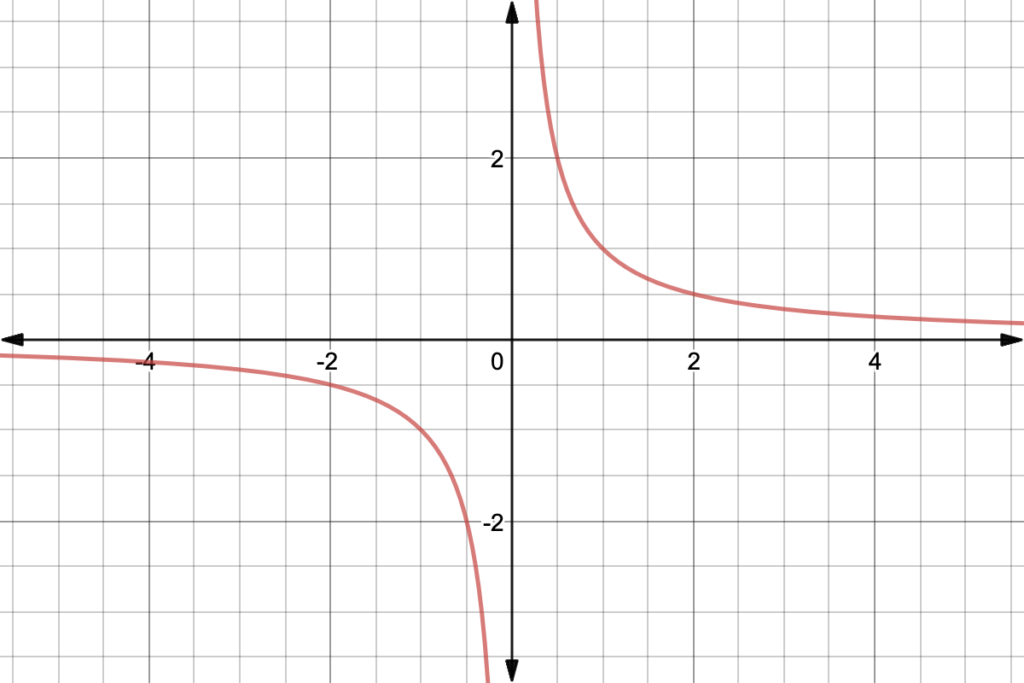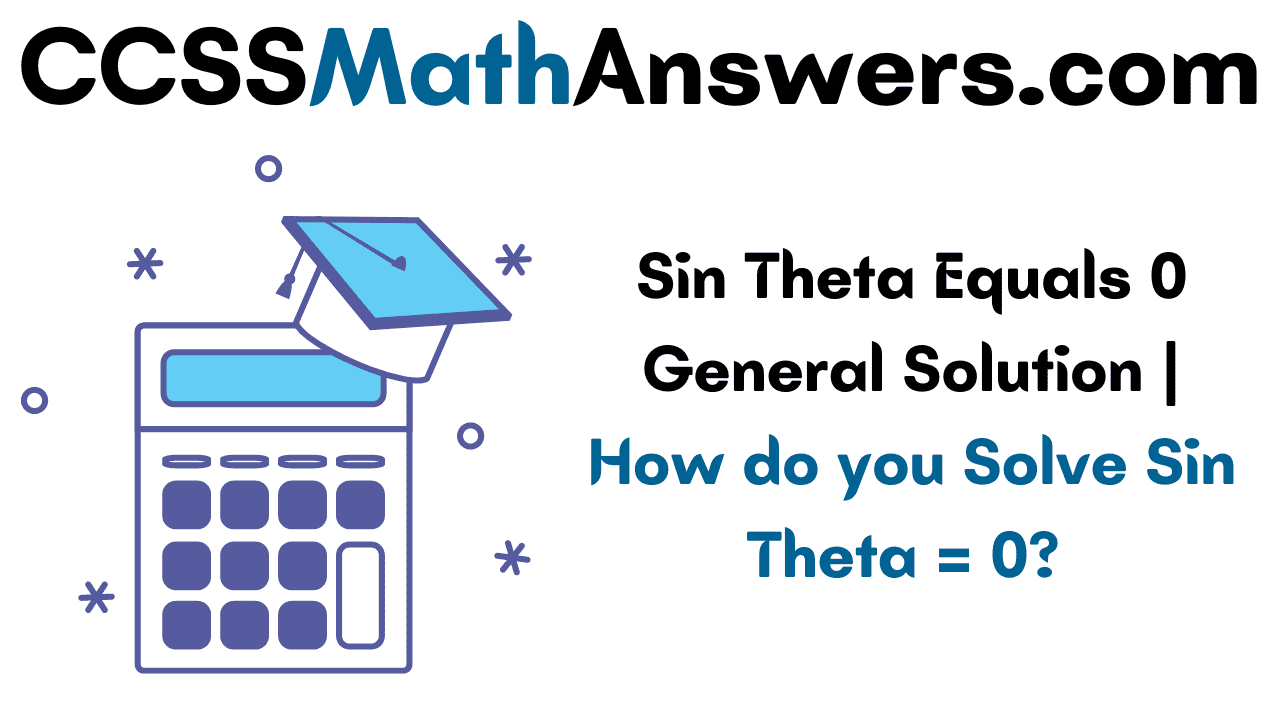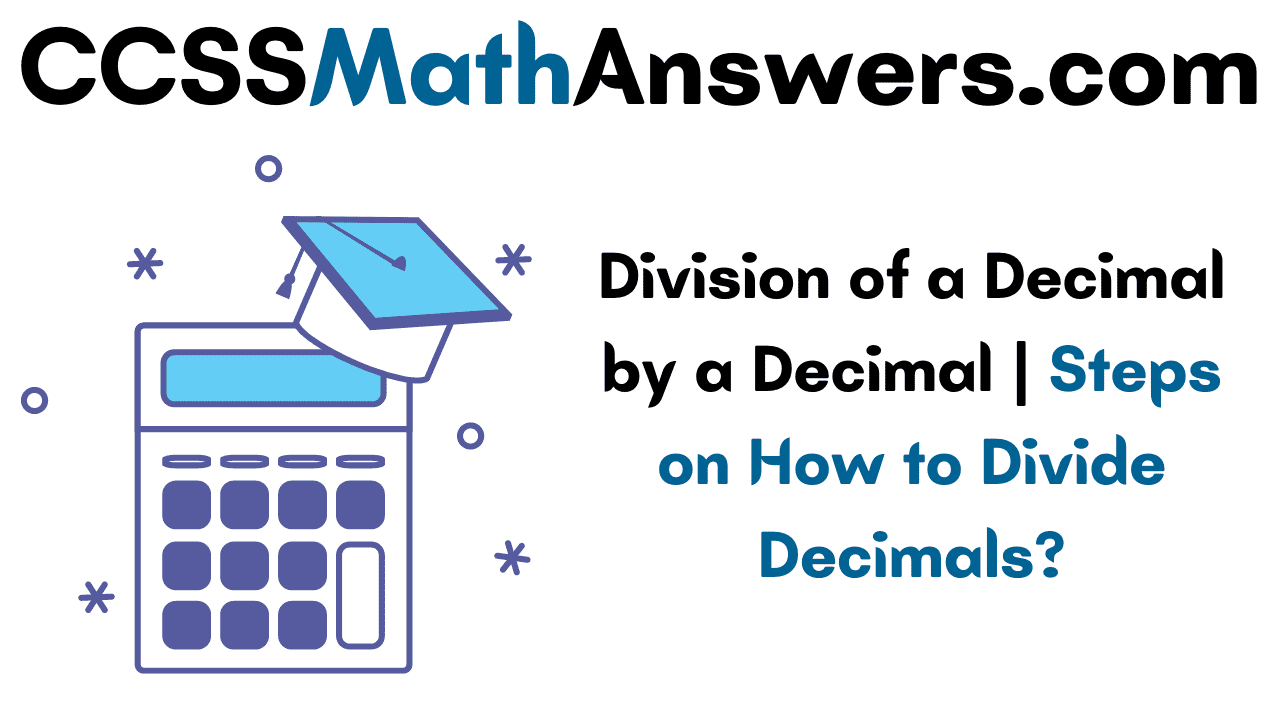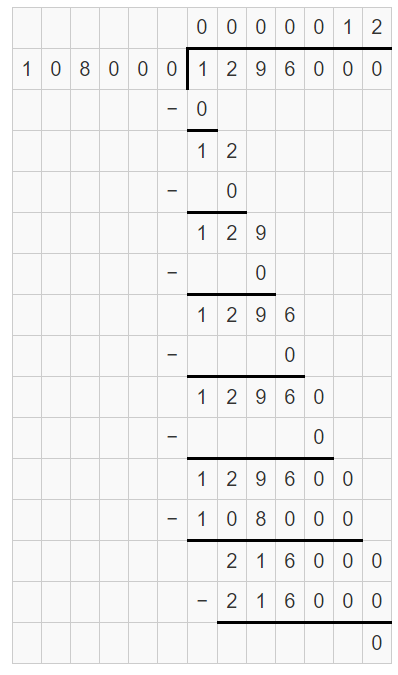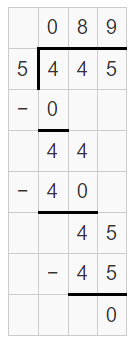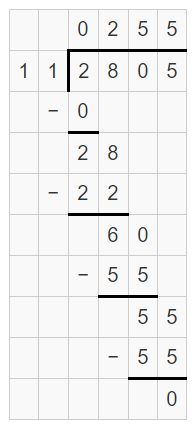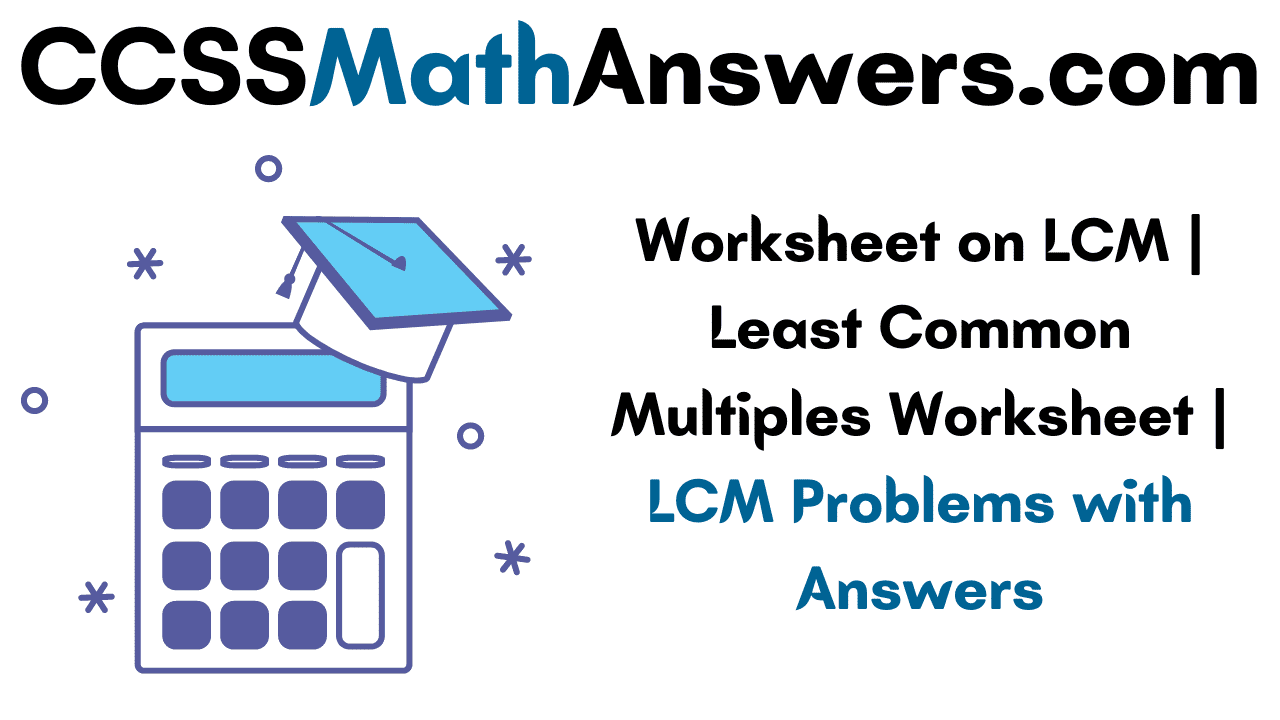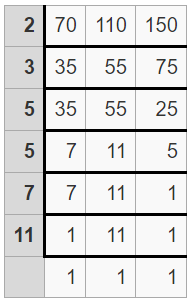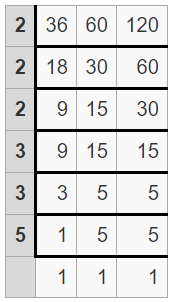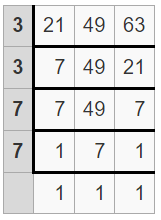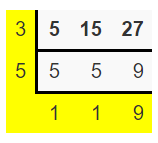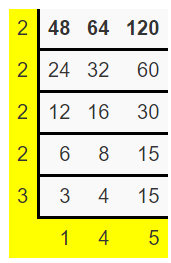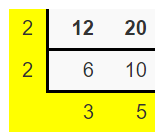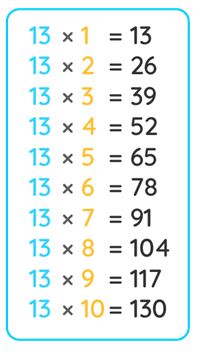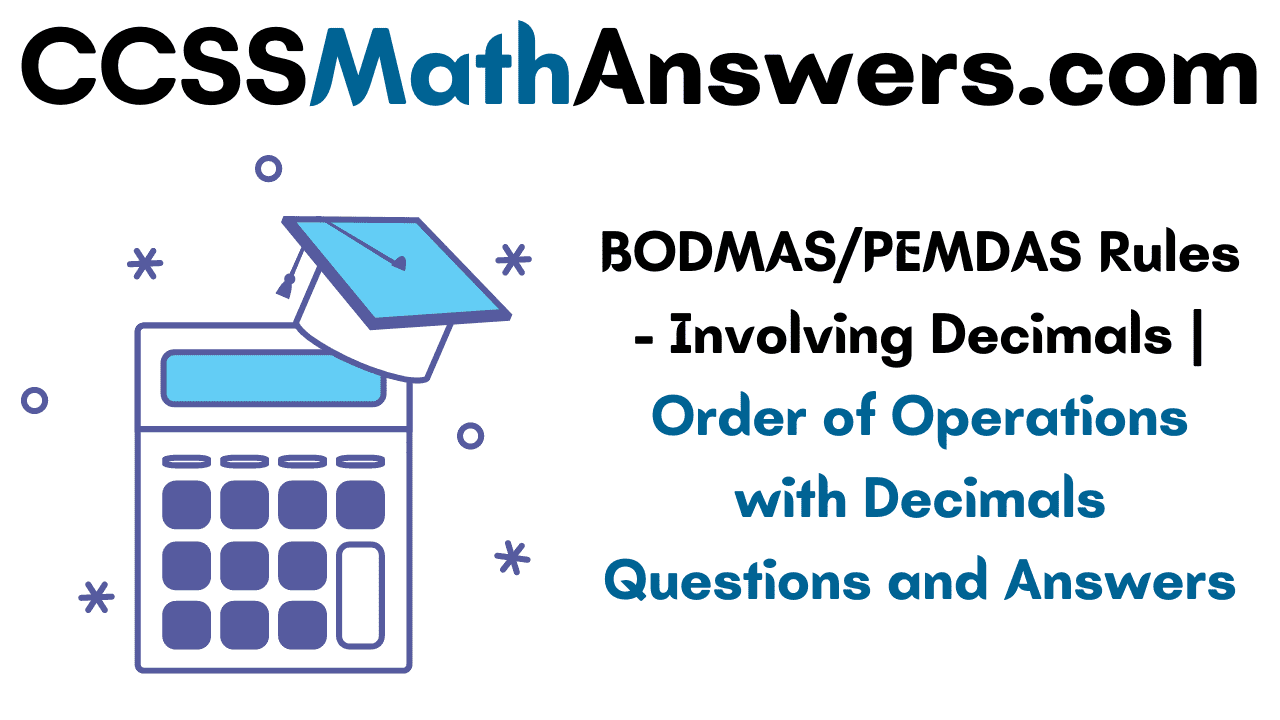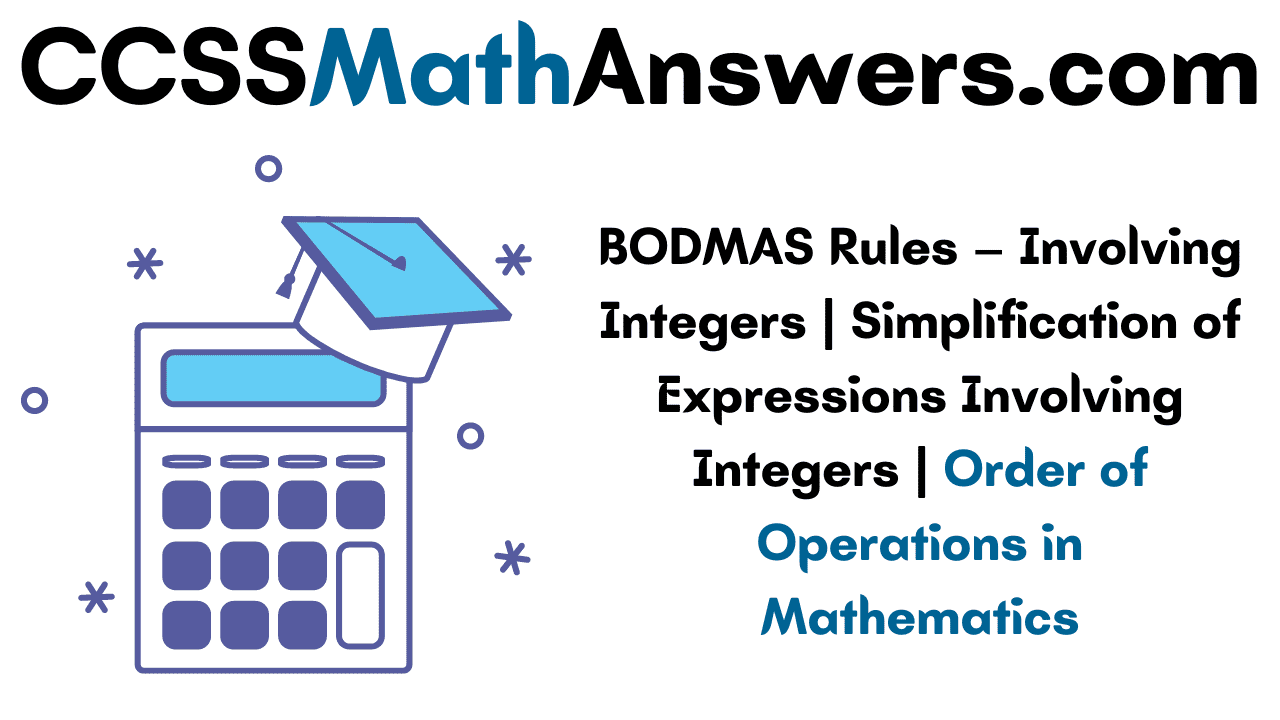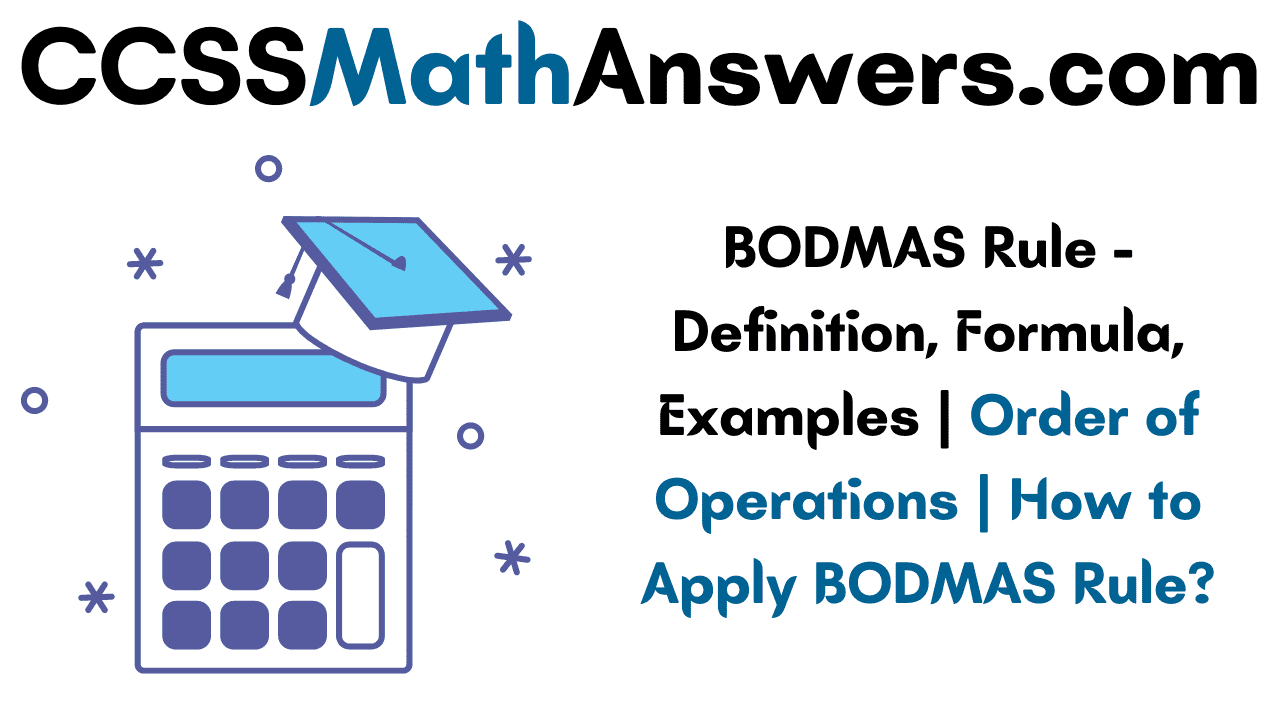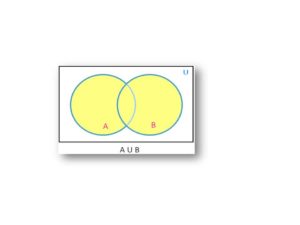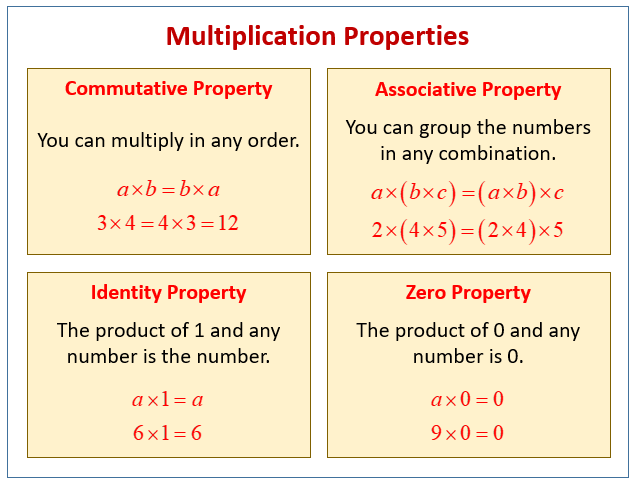In mathematics, we have different types of operations such as addition, subtraction, multiplication, division, etc. If we start with any one of the operations to solve an arithmetic expression, then we won’t get the exact result for the expression. For the exact result, we have to follow one basic rule in mathematics and that is PEMDAS Rule. PEMDAS Rule is the same as BODMAS Rule. An acronym for the PEMDAS rule is “Please Excuse My Dear Sally”.
PEMDAS Full Form
The PEMDAS stands for
P —- Parenthesis.
E —- Exponent.
M —- Multiplication.
D —- Division.
A —- Addition.
S —- Subtraction.
PEMDAS Rule – Order of Operations
The PEMDAS Rule states that the order of the operations for better and easy calculation and the exact result of the expression. The order of operations is
- The parenthesis terms are the first priority terms in the expression. Which are {}, [], (), and etc..
- Exponent terms are the second priority terms. They are a² or √a.
- The third priority of the operations is multiplication operation like a b.
- Next, we have to solve the division operations a ÷ b.
- The Next priority in mathematics is for the addition operation that is a + b.
- Then, solve the subtraction operations a – b.
An arithmetic expression is arranged with the number of operations but by following the above order of operations, we need to solve the parenthesis operations first. After the parenthesis operations only, we have to solve the exponent operation, and then multiplication, division, addition, subtraction.
Example for the order of operations 2 + 3× 6 =?
If we follow left to right method, then 2 + 3 × 6 = 5 6 = 30. (wrong calculation).
If we follow the PEMDAS Rule, 2 + 3 × 6 = 2 + 18 (multiplication first).
2 + 18= 20. (addition next).
2 + 3 × 6 = 20 is the correct answer.
Some people use the BODMAS Rule (Bracket, Order, Division, Multiplication, Addition, Subtraction) for simple calculations and some people will follow the PEMDAS Rule. But both are the same there is no difference. In Canada, BEDMAS Rule (Bracket, Exponent, Division, Multiplication, Addition, Subtraction) is used for better calculation.
Also, Check:
Common Errors While using PEMDAS Rule
If the multiple parenthesis operations are there in an expression, then it leads to an incorrect solution in most of the conditions. Why because, we will get confused, which operation we have to solve first. So, learn the PEMDAS Rule concept carefully and solve the solutions with perfect answers.
Steps to Simplify PEMDAS Rule(Order of Operations)
1. Solve Parenthesis first?
Example: (5 + 8) ×3?
Solution:
The given expression is (5 + 8) × 3.
Based on the PEMDAS Rule, solve the parenthesis terms first. That is
(5 + 8) × 3 = 13 × 3.
Multiplication next. That is,
13 × 3 = 39.
So, (5 + 8) × 3 is equal to 39.
2. Solve Exponent term.
Example: 5 + 2²?
Solution:
The given expression is 5 + 2².
Based on the PEMDAS Rule, we have to give the importance for exponent term first. That is,
5 + 2² = 5 + 4.
5 + 4 = 9(addition).
Therefore, 5 + 2² is equal to 9.
3. Third priority is for multiplication.
Example: 20 + 3 × 3 + 5?
Solution:
The given expression is 20 + 3 × 3 + 5.
Based on the PEMDAS Rule, we have to give the importance for multiplication term first. That is,
20 + 3 × 3 + 5 = 20 + 9 + 5 (multiplication 3 × 3 = 9).
20 + 9 + 5 = 34 (addition).
So, 20 + 3 × 3 + 5 is equal to 34.
4. Next priority for division.
Example: 20 ÷ 5 – 2 + 3?
Solution:
The given expression is 20 ÷ 5 – 2 + 3.
Based on the PEMDAS Rule, we have to give the importance for Division term first. That is,
20 ÷ 5 – 2 + 3 = 4 – 2 + 3 (division first 20 ÷ 5 = 4).
= 7 – 2 (addition 4 + 3 = 7).
= 5 (subtraction 7 – 2 = 5).
5. Solve the addition and subtraction.
Example: 15 + 25 – 10?
Solution:
The given expression is 15 + 25 – 10.
Based on the PEMDAS Rule, we have to give the importance for addition term first and then subtraction. That is,
15 + 25 – 10 = 40 – 10 (addition 15 + 25 = 40).
40 – 10 = 30 (subtraction).
So, 15 + 25 – 10 is equal to 30.
PEMDAS Examples with Answers
1. Simplify the expressions by using the PEMDAS Rule
(i) 125 ÷ 10 + 20 × 5 -10.
(ii) 20 × 10 + [(5 – 2) + (25 + 5)].
(iii) 100 ÷ 5 – [30 + 20 – 15] + 4².
(iv) 60 + 20 – {(56 – 24 × 10) + (10 – 2+ 6)}.
(i) 125 ÷ 10 + 20 × 5 -10.
Solution:
The given expression is 125 ÷ 10 + 20 × 5 -10.
As per the PEMDAS rule,
125 ÷ 10 + 20 × 5 -10 = 125 ÷ 10 + 100 – 10 (Multiplication 20 x 5 = 100).
= 12.5 + 100 -10 (division 125 ÷ 10 = 12.5).
= 112.5 – 10 (addition 12.5 + 100 = 112.5).
= 102.5 ( subtraction 112.5 – 10 = 102.5).
Therefore, 125 ÷ 10 + 20 × 5 -10 is equal to 102.5.
(ii) 20 × 10 + [(5 – 2) + (25 + 5)].
Solution:
The given expression is 20 × 10 + [(5 – 2) + (25 + 5)].
As per the PEMDAS Rule,
20 × 10 + [(5 – 2) + (25 + 5)] = 20 × 10 + [3 + 30] (parenthesis terms simplification 5 – 2 = 3 and 25 + 5 = 30).
= 20 × 10 + 33.
= 200 + 33 (multiplication 20 x 10 = 200).
= 233 (addition).
So, 20 × 10 + [(5 – 2) + (25 + 5)] is equal to 233.
(iii) 100 ÷ 5 – [30 + 20 – 15] + 4².
Solution:
The given expression is 100 ÷ 5 – [30 + 20 – 15] + 4².
Based on the PEMDAS Rule,
100 ÷ 5 – [30 + 20 – 15] + 4² = 100 ÷ 5 – [50 – 15] + 4²( parenthesis addition 30 + 20 = 50).
= 100 ÷ 5 – [35] + 4² (subtraction in parenthesis 50 – 15 = 35).
= 100 ÷ 5 – 35 + 16 (exponent 4² = 16).
= 20 – 35 + 16 (division 100 ÷ 5 = 20).
= 36 – 35 (addition 20 + 16 = 36).
= 1 (subtraction).
Therefore, by following the PEMDAS Rule 100 ÷ 5 – [30 + 20 – 15] + 4² is equal to 1.
(iv) 60 + 20 – {(56 – 24 × 10) + (10 – 2+ 6)}.
Solution:
The given expression is 60 + 20 – {(56 – 24 × 10) + (10 – 2+ 6)}.
As per the PEMDAS Rule
60 + 20 – {(56 – 24 × 10) + (10 – 2+ 6)} = 60 + 20 – {(56 – 240) + (16 – 2)}.
= 60 + 20 – { – 184 + 14 }.
= 60 + 20 – {-170}.
= 60 + 20 + 170.
= 250.
So, by following the PEMDAS rule, 60 + 20 – {(56 – 24 × 10) + (10 – 2+ 6)} is equal to 250.
FAQs on PEMDAS Rule
1. What is PEMDAS Rule?
PEMDAS rule is used for better calculation.
2. What is the Full form of PEMDAS?
The full form of PEMDAS is Parenthesis, Exponent, Multiplication, Division, Addition, and Subtraction.
3. What is ‘E’ in PEMDAS?
E stands for Exponent in PEMDAS Rule.
4. Is BODMAS and PEMDAS the same?
BODMAS stands for Brackets, Orders, Division, Multiplication, Addition, and Subtraction. PEMDAS stands for Parenthesis, Exponent, Multiplication, Division, Addition, Subtraction. BIDMAS and PEMDAS do exactly the same operations but using different words.


